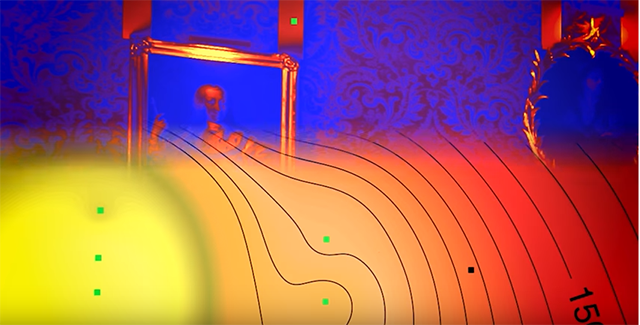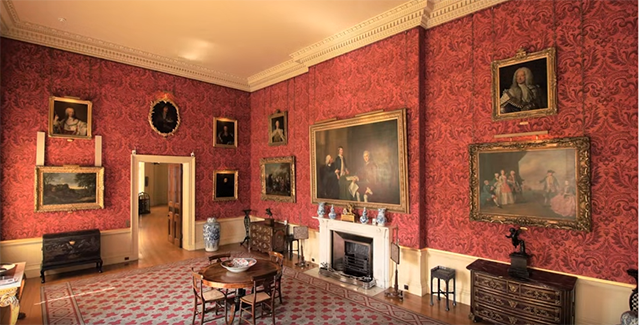
Posted by Jens Christoffersen, VELUX Group
Research into the distribution of natural light and its level of exposure in historic buildings has been carried out by Loughborough University on behalf of the National Trust. John Mardaljevic, Professor of Building Daylight Modelling in the School of Civil and Building Engineering, has been using high dynamic range (HDR) imaging to measure where the natural light falls at different points throughout the day and over several months in the Smoking Room at Ickworth House near Bury St. Edmunds, Suffolk.
As is the case with the majority of its historic buildings, the National Trust is keen to balance visitor enjoyment with the preservation of paintings, textiles and furniture that are vulnerable to light fading and ageing. As a result of his new research, Professor Mardaljevic was able to show the distribution of light exposure across all surfaces which were of interest in the rooms, so that a comprehensive evaluation could be made of the illumination conditions over long periods of time. He did this with the help of a camera tethered to a computer that controls a sequence of exposures which occur every 10 minutes. These exposures were then converted into physical measures of the light level as it falls onto a surface at different points.
Professor Mardaljevic said: “In any heritage building the light will vary across the walls depending on the arrangement of windows and the time of day. This is the first time, however, that we have been able to use HDR in a heritage setting to create a cumulative luminance image, from which a physical measure of illumination exposure across the camera’s wide-angle perspective is derived.
“Together with the HDR measurement, we are using a technique called climate-based daylight modelling to predict how the long-term daylight exposure can change when, for example, opening hours are increased. Used together, these two techniques are a great way of better understanding natural light, especially at a time when historic houses are being encouraged to extend access and opening hours where possible.”
As a result of this research, which was conducted in partnership with Cannon-Brookes Lighting and Design, the National Trust is looking into the feasibility of revising the daylight management guide for its historic houses which takes into consideration the scheduling of the use of shutters/blinds in each of the rooms.
More information at latest news from Loughborough University.




